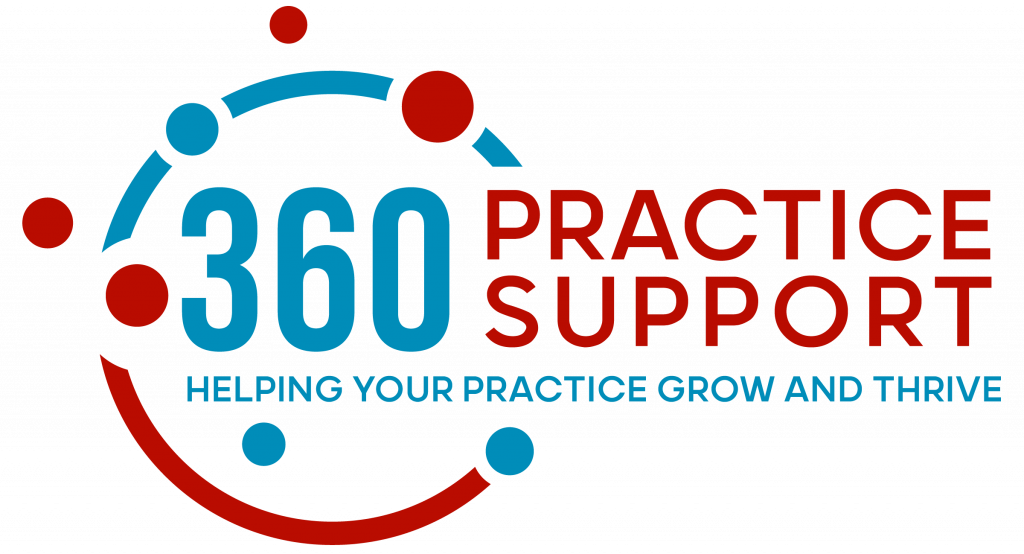The need for mental health services has never been greater. As awareness of the importance of mental health continues to grow, so does the opportunity for mental health professionals to provide these much-needed services. One such avenue is starting a group private mental health practice, which can offer a comprehensive range of services while fostering a supportive community environment for both practitioners and clients. In this post, we’ll explore the steps you need to take to start your own group mental health practice.
Step 1: Create Your Vision
Before diving into the logistics of starting a practice, begin by articulating your vision. What types of services do you want to provide? What patient population do you want to serve? How do you envision the dynamics of your group practice? Will you focus on a particular therapeutic approach, such as cognitive-behavioral therapy, or provide a range of therapies? The answers to these questions will guide your steps moving forward.
Step 2: Assemble Your Team
The strength of a group practice lies in the diverse expertise of its professionals. Assemble a team of mental health practitioners who not only share your vision but also bring diverse specialties and skills. This could include psychiatrists, psychologists, social workers, therapists, and counselors. An interdisciplinary team can provide a comprehensive, holistic approach to mental health care.
Step 3: Determine Your Business Structure
Consider the business structure that will best suit your group practice. Options might include a partnership, a professional corporation, or a limited liability company. Each has its pros and cons, and the right choice depends on factors such as liability, taxation, and management structure. It’s wise to consult with a lawyer or accountant to help you make this decision.
Step 4: Develop a Business Plan
A robust business plan is crucial for any new venture. Your plan should detail your practice’s mission, services, team, operational strategy, marketing approach, and financial projections. It will not only guide your steps as you start your practice, but also be a critical document for securing funding or leasing office space.
Step 5: Secure Funding
Starting a practice requires capital. Determine your startup costs, including leasing or buying office space, purchasing equipment, hiring staff, and marketing your practice. Once you have a figure in mind, explore your options for securing this funding. This could involve personal savings, a bank loan, or investments from partners.
Step 6: Find a Location
The location of your practice can significantly impact its success. Consider factors such as accessibility, proximity to your target population, competition in the area, and cost. The space itself should be conducive to providing therapy and maintaining patient privacy.
Step 7: Obtain Necessary Licenses and Insurance
Ensure you have the necessary licenses to practice in your state. This will likely involve each practitioner providing proof of their professional qualifications. Also, secure liability insurance for your practice to protect against potential claims.
Step 8: Set Up Your Office
Design your office space to be welcoming and therapeutic. Each practitioner will need a private space to see clients. Additionally, consider a comfortable waiting area and a reception area to greet clients and manage appointments.
Step 9: Market Your Practice
Once your practice is ready to open, you’ll need to attract clients. Develop a marketing plan that includes a professional website, social media presence, and local networking. Highlight your practice’s unique services, team, and approach to care.
Step 10: Decide How Fast You Want To Grow
Practices grow at different rates. Many group practices start as a solo practice, then grow from there.
Step 11: Find The Right Support Team
Your practice is more than the clinicians directly involved in patient care. Finding an excellent intake coordinator/receptionist, medical biller, credentialing support, practice manager, bookkeeper, lawyer, and accountant along the way will also be essential to building your practice in a healthy and sustainable way.
Please note that the content provided in this blog post is intended solely for informational purposes. While we strive to provide accurate, up-to-date and helpful information, the content should not be used as a replacement for professional advice.
